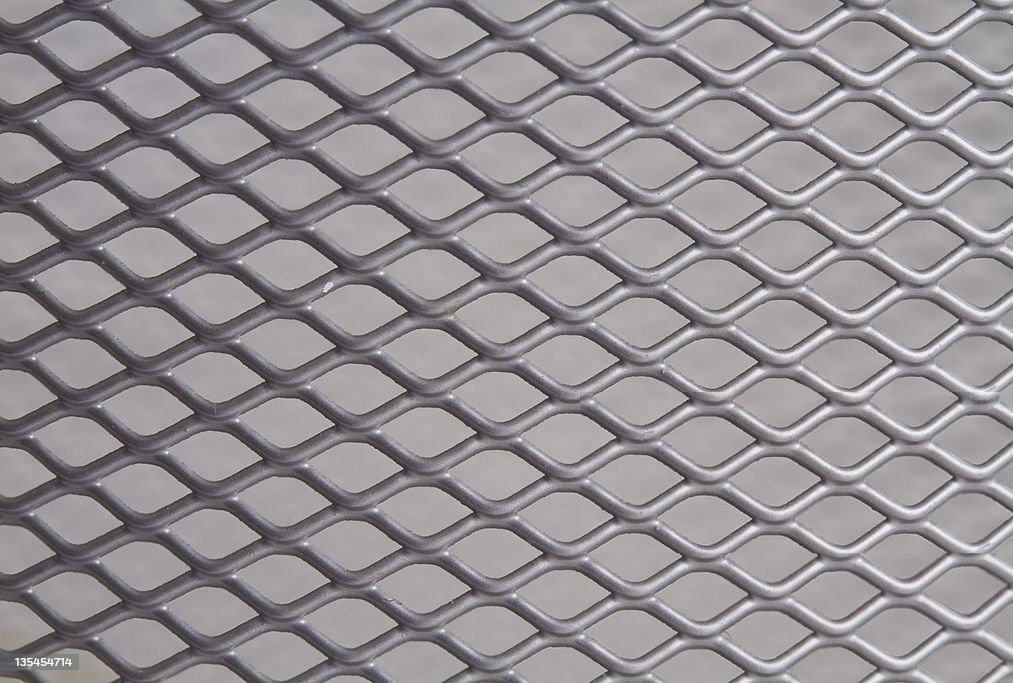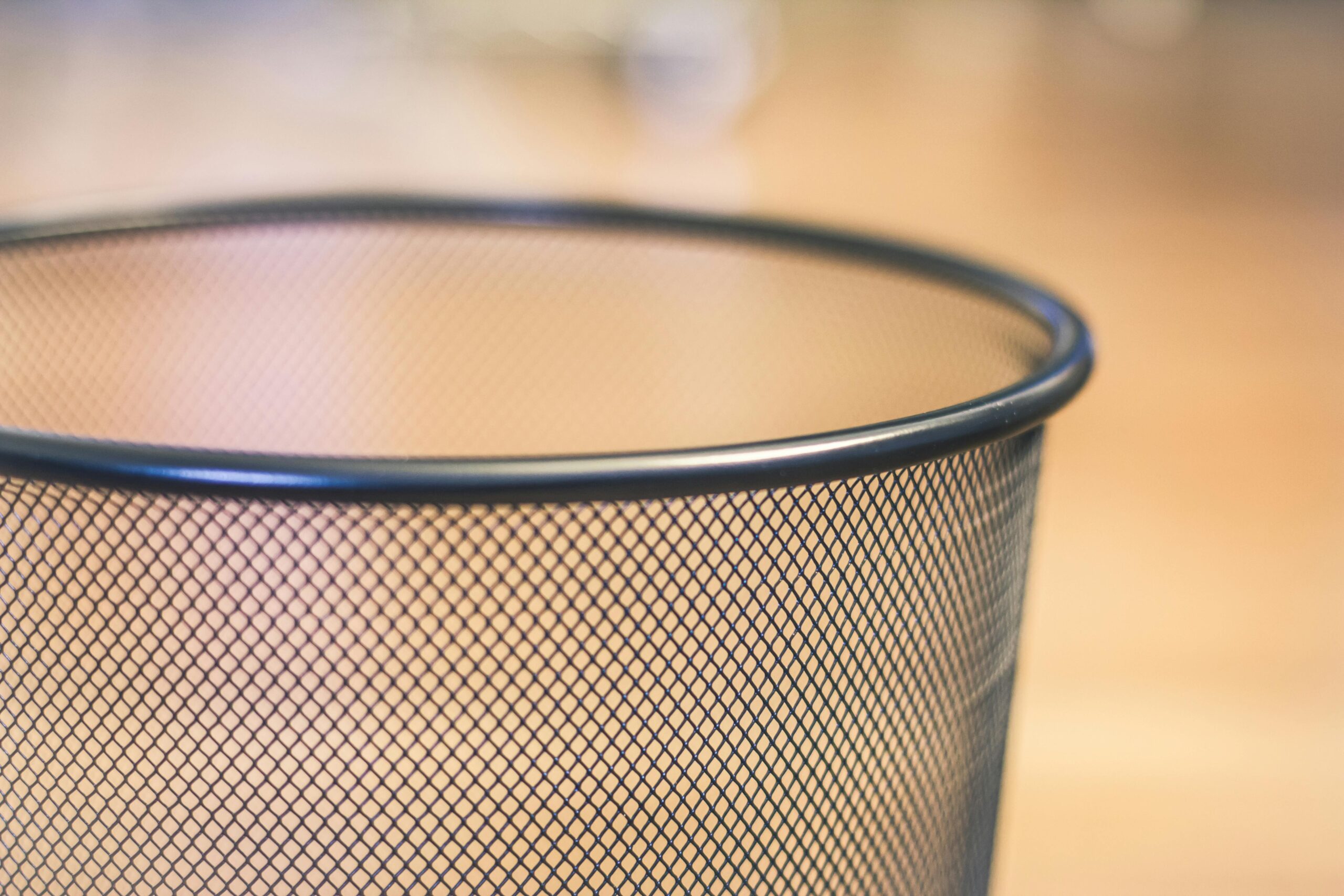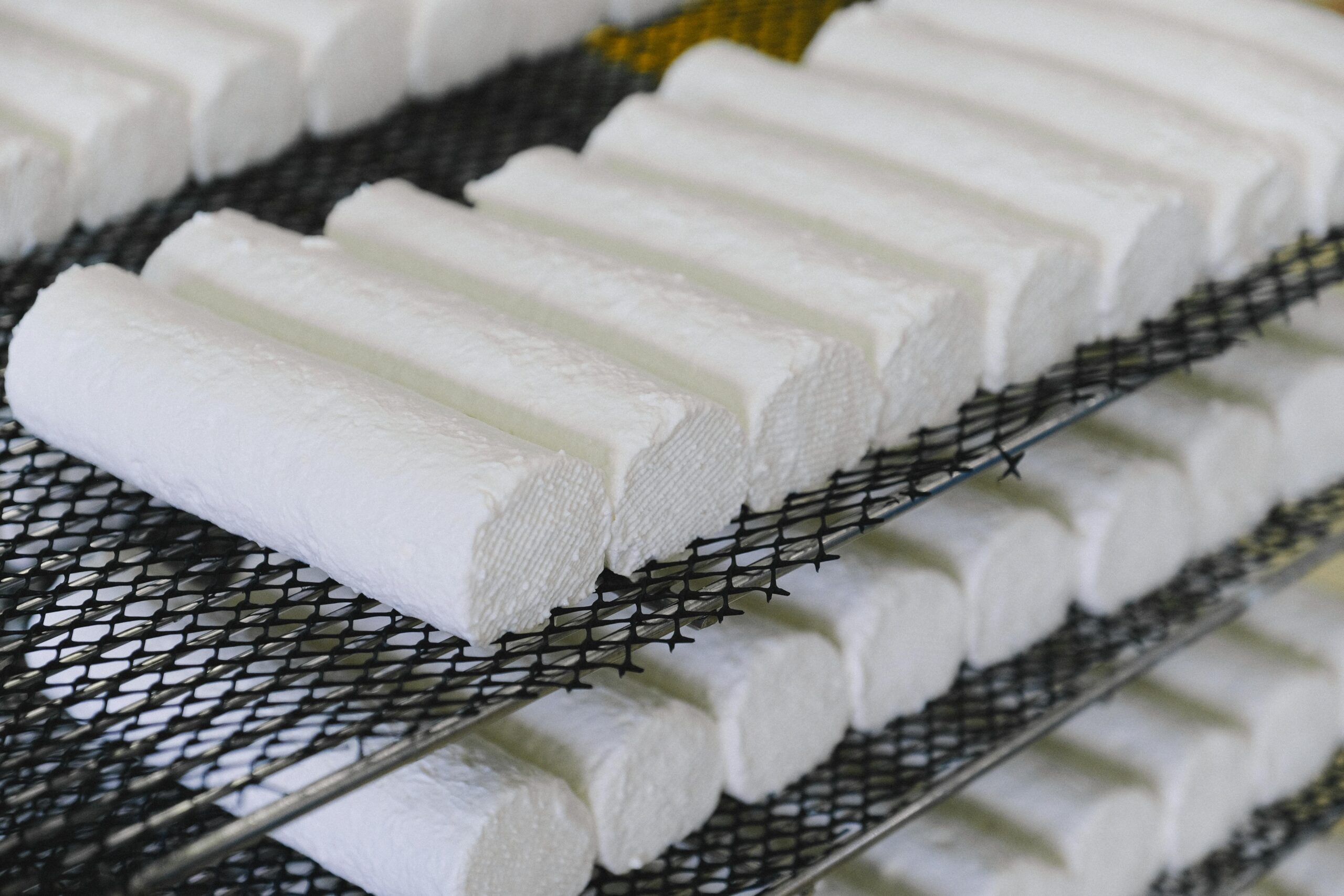Have you ever looked at a window screen, a fence, or even a kitchen sieve and wondered — what is this net made of metal, and why is it used in so many places?
That’s called wire mesh — a grid made by weaving or welding thin metal wires together. It looks simple, but it’s one of the most useful and reliable materials in modern manufacturing and construction. Whether it’s a high-rise building, a poultry farm, a drainage system, or even a piece of furniture, wire mesh plays a quiet but powerful role.
Wire mesh offers a rare balance of strength and openness. It’s strong enough to secure and support, yet open enough to let air, light, or liquid pass through. That balance is exactly why it’s used in so many industries — and why we at Alankrit Wire Craft work to make it stronger, more precise, and more adaptable.

Photo by glass-eye-studios on iStock
How Wire Mesh is Made
Wire mesh begins with carefully selected metal wires, typically stainless steel, mild steel, or galvanized iron. These wires are either woven, where they cross over and under each other like fabric, or welded, where they’re fused at each intersection for added rigidity.
Woven mesh is slightly more flexible and is often used for filtering and screening. Welded mesh, on the other hand, is more rigid and ideal for construction reinforcement and fencing.
At Alankrit Wire Craft, our mesh is manufactured using precision-controlled machines that ensure consistent spacing, clean edges, and long-lasting performance. Different gauges (wire thickness) and mesh sizes are selected based on what the mesh will be used for — whether it’s sieving sand or holding up concrete.

Photo by Steve Johnson on Pexels
Where Wire Mesh is Used in Everyday Life
In construction, wire mesh is often embedded in concrete for reinforcement. It strengthens slabs, prevents cracking, and adds structure to plaster walls. It also shows up in ceilings, columns, and support beams. If you’ve walked on a highway flyover, there’s a good chance it had wire mesh inside it.
In homes, wire mesh is used in window screens, drain covers, safety grills, and even as cabinet inserts. It’s practical, easy to clean, and visually modern.
In agriculture, farmers use wire mesh for poultry fencing, crop protection, and cattle enclosures. It allows for air and light circulation while keeping animals safe and secure.
In industry, wire mesh is used for filtering, sieving, and grading materials like grain, sand, chemicals, and even air or liquids. It’s found in machinery, screening plants, and even in packaging.
At Alankrit Wire Craft, our wire mesh is tailored to meet these diverse needs — made with Indian conditions and standards in mind.

Photo by Anna Shvets on Pexels
Is Wire Mesh Environmentally Friendly?
Yes, it is. One of the best things about wire mesh is that it’s made from metals that are fully recyclable. That means even after years of use, the material can be melted down and reused without losing strength or performance.
It’s also durable. Good wire mesh doesn’t break down easily, which means less need for replacements and repairs. That reduces waste and long-term cost. By using high-quality mesh from trusted Indian manufacturers like Alankrit Wire Craft, you’re not only investing in reliability — you’re making a more sustainable choice too.
Wire mesh may look like just a grid of wires — but it’s one of the smartest, most flexible solutions in modern industry. Whether you’re working on a farmhouse gate, a highway bridge, or a filtration system, wire mesh is quietly doing the heavy lifting.
Let us help you choose the right mesh for your needs. Visit www.alankritwiremesh.com to learn more.
